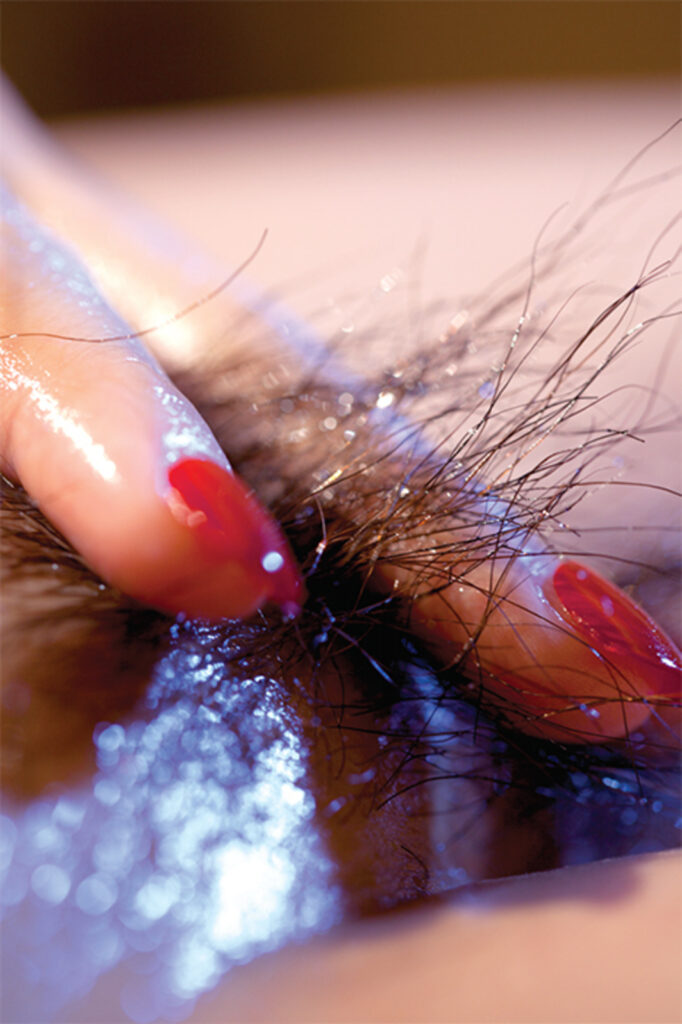Finale! This was such a great class and I am honored to have experienced it with you all. Special thanks to Prof. Waychoff for providing us with heavy yet enlightening readings and films to further our knowledge on these essential topics. But let’s get into this week… I wanted to start off with Bell Hook’s stance in which she states “One cannot be anti-choice and feminist.” Simply because women’s rights are the foundation of feminism, I am angry and fearful of our government’s control over women’s bodies- and this does not only account for cis-gendered women. There is a major lack of trust between citizens of the United States and the supreme court in general but now regarding reproductive rights, the people who are implementing these decisions are taking it too far.
I believe my initial reaction to the leaked document was the literal fact that it was leaked. The Politico article we read states “No draft decision in the modern history of the court has been disclosed publicly while a case was still pending. The unprecedented revelation is bound to intensify the debate over what was already the most controversial case on the docket this term.” It is not fair that the supreme court works in such secrecy when finalizing cases before they are released to the public eye. The person who leaked this is a hero- because they knew that what was going on behind closed doors is deceitful and dangerous. I am angry and scared. There are so many complications that can happen during pregnancy and no man could ever understand the physical and mental pain a woman experiences during this.
In the film, we see the people working for the abortion hotline trying their best to provide funding for women who cannot afford the procedure, and they will help cover as much as they can (especially because insurance covers nothing). It pains me to hear that these women already have such limited access to resources, and have to go to third-party operations in order to be truly helped. I want to state again that insurance does NOTHING, in other countries, there is access to free if not universal healthcare for citizens to be protected. The last thing anyone should have to worry about is meeting deductibles, or to refrain from calling an ambulance because of the cost- but in this situation, no woman should have to let financial hardships control their decision for their body.
We also read about Rebecca Gomperts and Aids Access- which is a sigh of relief from our other reading and the video. Gomperts provides contraception from outside of the United States legally- helping over 30,000 people safely complete an abortion from the comfort of their own home. I am inspired by her strength and compassion to help those in need and hope that overturning Roe v. Wade does not affect this.
I know a lot of us are scared right now, or maybe optimistic that the people in charge will do the right thing. Regardless, it is classes, communities, lectures, and groups similar to GWS100 that are setting the tone for our futures. The more we talk about our rights and reproductive rights, the more room there is for real change. As Bell Hooks said, anyone, can fit feminism into their existing lifestyle. We must continue this conversation with our friends and family, and do more than repost an Instagram infographic. Change starts with a controversial conversation, followed by activism, therefore we should not be afraid.
